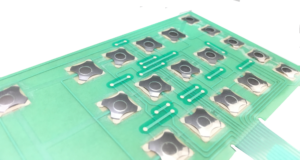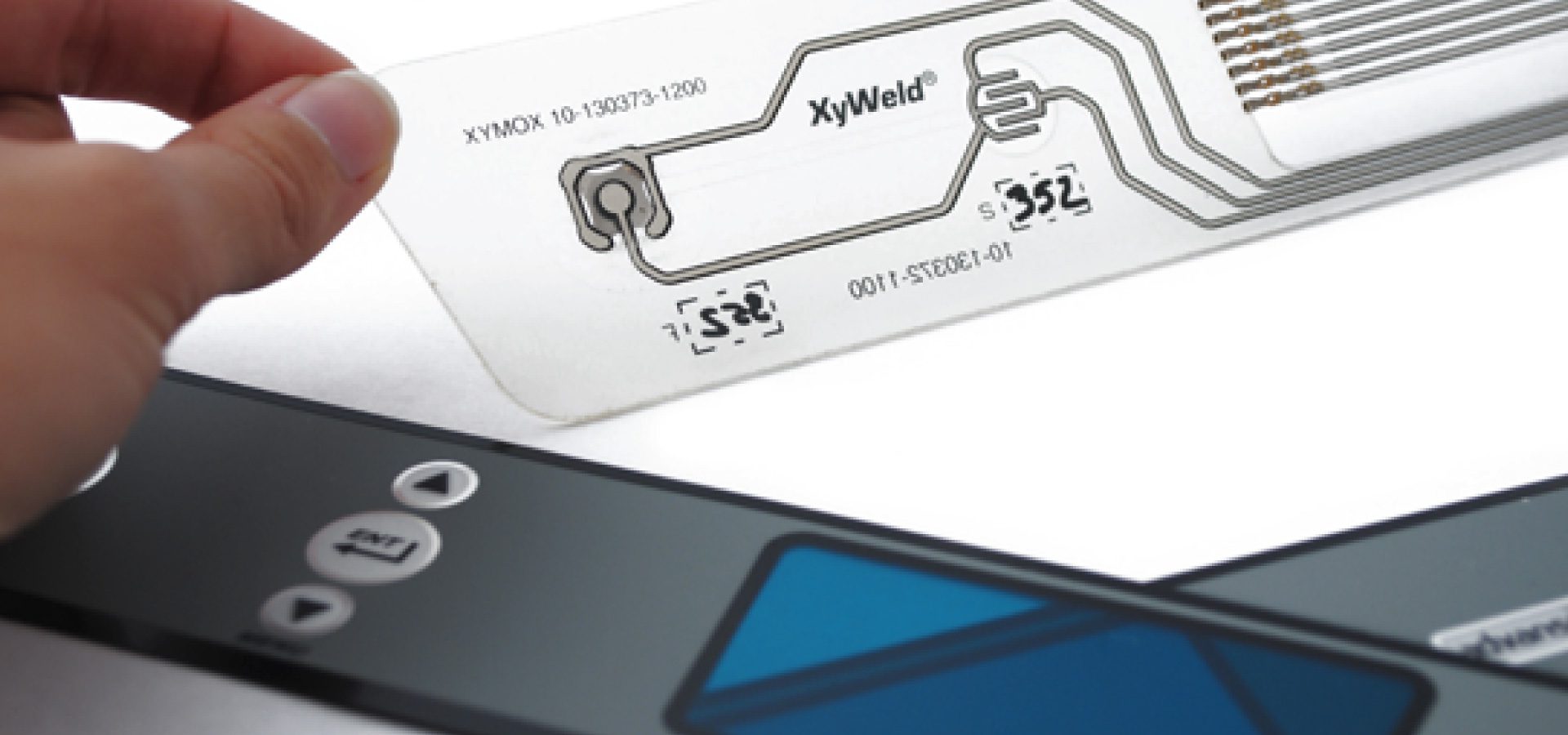Membrane Switches vs. Traditional Switches: What You Need to Know
Membrane Switches vs. Traditional Switches: What You Need to Know
Blog Article
Recognizing the Importance of Membrane Switches in User User Interfaces
Membrane buttons are integral components in the layout of efficient interface, helping with not only functionality however additionally improving aesthetic charm and individual communication. Their one-of-a-kind features, such as resistance to ecological aspects and personalized styles, make them ideal for a diverse selection of applications throughout several industries. As we discover the future trends and numerous benefits connected with Membrane innovation, it ends up being clear that these switches are greater than simply components; they represent a merging of technology and usefulness. The effects of this innovation on individual experience are worth analyzing even more.
What Are Membrane Switches?

The spacer layer, which includes sticky buildings, enables the splitting up of the circuit layer from the overlay, ensuring that the button stays in a non-activated state up until pressed. When stress is put on the overlay, it compresses the spacer layer, linking the gap and finishing the circuit in the underlying layer. This style not only decreases the physical space required for conventional mechanical switches but additionally improves the sturdiness of the tool, as Membrane switches are generally immune to dirt, dampness, and other environmental elements.
Typically found in applications varying from customer electronics to clinical devices, Membrane switches are essential to contemporary technology, providing a reliable and straightforward interface that aligns with contemporary style requirements.
Benefits of Membrane Buttons
While various switch innovations exist, Membrane Switches offer distinct advantages that make them especially desirable in numerous applications. One of the main advantages of Membrane switches is their small layout, which permits for space-saving applications in tools where property is restricted. Their thin account not just improves visual allure however also assists in lightweight building.
An additional considerable advantage is their resistance to environmental elements. Membrane switches are normally secured versus wetness, dirt, and contaminants, making them suitable for usage popular settings, such as medical devices and commercial tools. This sturdiness prolongs the life expectancy of the switch, lowering maintenance costs and improving reliability.
In addition, Membrane buttons can be customized to fulfill specific design demands, incorporating unique graphics and shades that improve individual communication. Their tactile responses options can likewise be customized to offer a satisfying individual experience. In addition, Membrane switches are cost-efficient, particularly in high-volume applications, as they can be generated effectively.
Applications in Numerous Industries

In the customer electronics sector, Membrane buttons prevail in devices such as microwaves, cleaning equipments, and remote controls. Their responsive feedback and aesthetic alternatives enhance individual experience while giving a streamlined, modern-day appearance. Furthermore, auto makers use Membrane switches in dashboard controls and infotainment systems, where space is limited, and user engagement is important.
In addition, the commercial field leverages Membrane buttons in control panels for machinery and tools, enabling instinctive procedure in frequently extreme settings. Their resistance to chemicals and dampness makes sure durability and integrity in these applications. Generally, the versatility of Membrane Switches adds dramatically to their prevalent use, making them essential in various technological domains.
Design Factors To Consider for Membrane Buttons

When designing Membrane buttons, numerous key considerations need to be considered to guarantee ideal performance and customer experience. Firstly, the choice of products is critical; choosing long lasting, top notch substratums can enhance the button's durability and resistance to ecological aspects such as dampness and temperature level variations.
Second of all, the layout of the graphic overlay should focus on quality and convenience of usage. Icons and message have to be legible, and the format needs to assist in user-friendly communication (membrane switches). Furthermore, click here to find out more tactile responses is essential; incorporating a responsive dome or various other systems can enhance the user experience by giving physical verification of activation
Another essential aspect is the button's electric performance. Developers should ensure that the conductive traces are appropriately developed to lessen resistance and stay clear of signal interference. This entails analyzing the called for actuation force and ensuring compatibility with the digital parts they will interface with.

Future Fads in Membrane Technology
As technology continues to development, Membrane buttons are poised to develop significantly, driven by technologies in products and manufacturing methods. One emerging trend is the incorporation of innovative materials, such as flexible substratums and conductive inks, which enhance toughness and lower the total weight of Membrane buttons. These products not just improve the tactile action however likewise allow for the style of switches that can hold up against harsher environmental problems.
Additionally, the assimilation of touch-sensitive innovations is changing traditional Membrane Switches right into more interactive customer interfaces. Capacitive touch sensors installed within Membrane switch panels can give a more responsive and intuitive individual experience, aligning with the growing need for smooth, modern designs in consumer electronics.
In addition, advancements in printing techniques, such as electronic and 3D printing, enable rapid prototyping and personalization of Membrane buttons. This versatility enables makers to react faster to market demands and consumer choices.
Last but not least, sustainability is coming to be a significant emphasis, with producers exploring environmentally friendly materials and procedures. As these patterns unravel, the future of Membrane technology guarantees boosted performance, visual allure, and ecological duty, solidifying their duty in advanced user interfaces throughout various markets.
Conclusion
In conclusion, Membrane Switches represent a vital component in the style of customer interfaces, incorporating performance with visual versatility. As improvements in innovation proceed, the evolution of Membrane switches is anticipated to more fine-tune individual interfaces, driving technology and improving usability in a significantly complex technical landscape.
Membrane advice switches are integral components in the style of effective individual interfaces, helping with not only capability yet likewise boosting visual charm and customer communication.Membrane Switches serve as an essential part in numerous individual interfaces, facilitating a smooth interaction between users and electronic devices.While many switch innovations exist, Membrane Switches offer distinctive benefits that make them specifically preferable in various applications.Moreover, Membrane buttons can be personalized to fulfill specific design demands, incorporating unique graphics and colors that improve individual interaction.In final thought, Membrane Switches stand for a crucial part in the design of user interfaces, integrating functionality with aesthetic flexibility.
Report this page